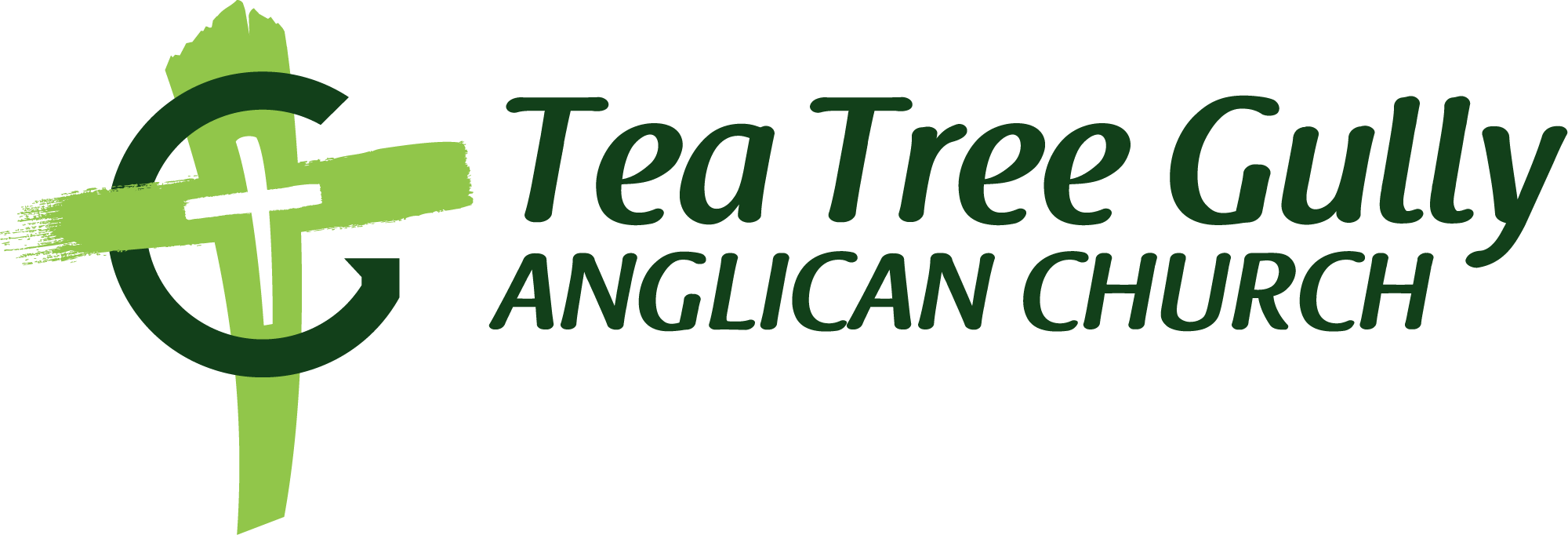Article by John McClean, http://gotherefor.com.
What is the best overall description of the Bible? I’ve heard it called a guidebook, a love letter, a story, a history, and a national constitution. Although each of those gets something right, can we find a description that captures the whole character of the Bible better?
The one that I think has the most to commend it is one that has been used by a few Reformed evangelicals—the Bible as a covenant book. In the ancient world, a covenant established a relationship of solidarity and loyalty. It was based on solemn promises, sealed with signs, and often regulated by a covenant document (the book of Deuteronomy is the fullest example in the Bible). The covenant document came from the lord of the covenant, stating who he was and how the relationship with his people had been established, and giving the conditions of the relationship.
Now the Bible is not, literally, a covenant document. It was not written by the Lord at the commencement of the relationship with his people, and it has more than you would expect a covenant book to have. It does, however, cover all that would be expected in a covenant document, and every part of it can be related to God’s covenant. So the first reason this is a useful image is because of how comprehensive it is. Unlike most other images, it is one that summarizes many of the features of the Bible.
A second reason this is a powerful image is that the Bible itself is built around covenants. God makes a covenant with: humanity in creation (Gen 1-3); with Noah (Gen 9:1-17); with Abraham (Gen 12:2-3, 15:7-21, 17:1-14); with Israel (Exod 19-24; Deut 5-8); and with David (2 Sam 7). These climax in the new covenant (Jer 31:31-34; Luke 22:20; 2 Cor 3:6; Heb 8:8-12). Because of this, ‘covenant’ is often used as a summary term for God’s relationship with his people. Reformed theology has described redemption in Christ as the ‘covenant of grace’. Calling the Bible the covenant book puts it central in our relationship with God.
A third strength of the image is that it focuses on what God ‘does’ with his Word. He doesn’t simply give us information; he presents himself, tells us about his work, makes his promises, and evokes our response. While the truthfulness of Scripture is very important, some debates about inerrancy have focused on only that one dimension of God’s work in Scripture. Those who want to stress the range of things God does in the Bible have found this a useful image, since a covenant book does far more than present propositions: it promises, commands, warns and invites as well.
When we are clear that we are reading a covenant book, then we have clearer expectations of the Bible. We are aware that the covenant Lord addresses us; we expect to get to know him and understand our relationship with him. We look for information that applies to us, his people; we expect history that will frame our story.
